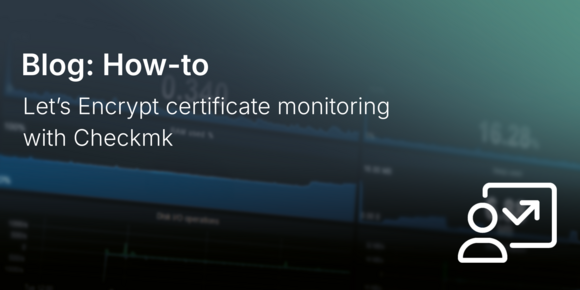Let’s Encrypt certificate monitoring with Checkmk
Checkmk is a robust yet user-friendly monitoring tool that makes tracking Let's Encrypt certificates simple and efficient, thanks to its one-package…
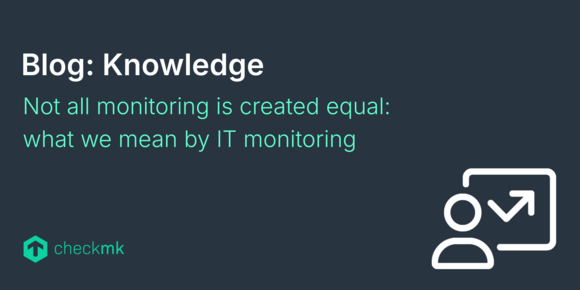
Not all monitoring is created equal: what we mean by IT monitoring
IT monitoring means different things to different people. It can be a vague term, or badly defined. What do we at Checkmk mean by "IT monitoring"?

Air quality monitoring with Checkmk
At the Checkmk Conference #9 we monitored the air quality at the Venue. Check out how we did it and how you can monitor the air quality.
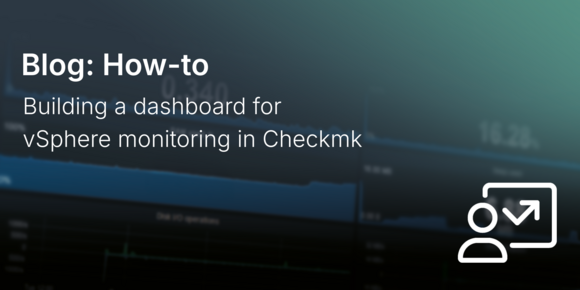
Building a dashboard for vSphere monitoring in Checkmk
Checkmk provides a wide range of predefined dashboards, but it also supports customization. Learn how to build a dashboard for VMware vSphere in…

Survey: The challenges of disruptive tech for IT experts
The implementation of innovation in the field of IT infrastructure is a complex process and requires IT professionals to constantly acquire new…

How to become your own Certificate Authority
Regardless of whether you want to design a test environment that is as close to reality as possible, or want to (better) secure Checkmk in the…

Raw vs. Enterprise: When is it advisable to switch?
This blog shows the most important differences between Checkmk Raw and Checkmk Enterprise and helps you to decide whether it makes sense for you to…
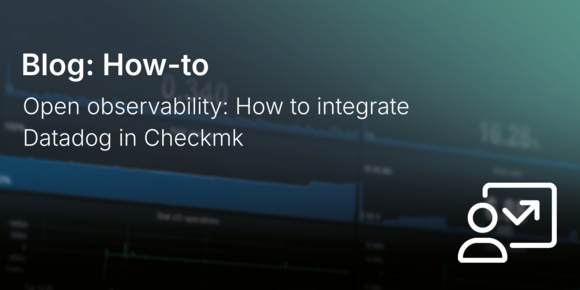
Open observability: How to integrate Datadog in Checkmk
Integrate Monitors and events from Datadog in Checkmk to save time and find root causes faster than ever before. This blog shows how it is done.

Sending Checkmk notifications via Telegram
In this article you will learn how to use the popular messaging platform Telegram for sending notifications from Checkmk.
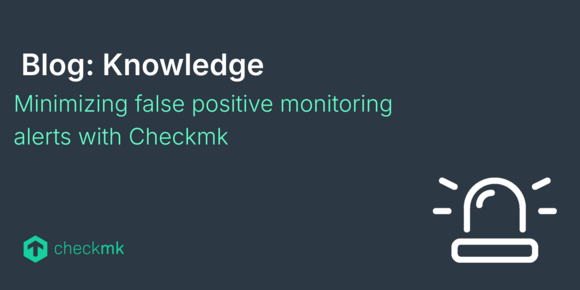
Minimizing false positive monitoring alerts with Checkmk
Good IT monitoring stands and falls with its precision. It must inform you at the right time when something is wrong. But similar to statistics, we…
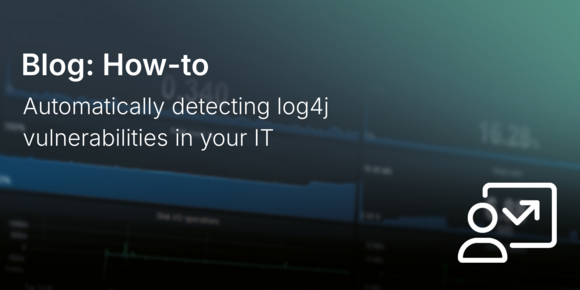
Automatically detecting log4j vulnerabilities in your IT
The zero-day exploit Log4Shell endangers numerous servers in companies, being a critical vulnerability in the widely used Java library Log4j. Finding…

The hidden cost of false positive alerts
As explained in the previous article, most IT operations teams err on the side of caution when it comes to alerting. In other words, they are…
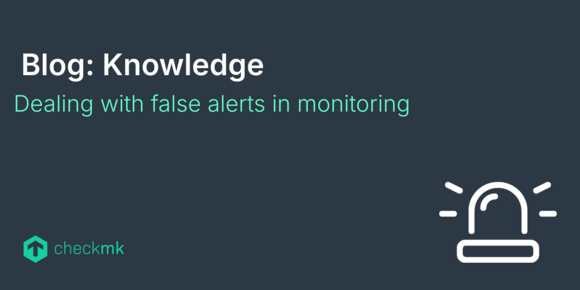
Dealing with false alerts in monitoring
In statistics, we must always deal with two types of errors, typically referred to as ‘Type I’ and ‘Type II’. A Type I error is, in statisticians’…
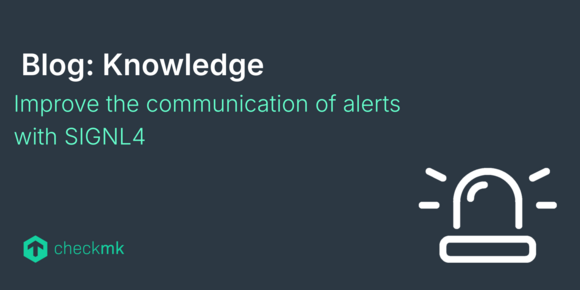
Improve the communication of alerts with SIGNL4
There is a critical incident in production or IT. Several services have been impacted, business and customers are seriously affected. Luckily, with…

Monitoring OpenText solutions with Checkmk
OpenText administration has always been a challenging and time-consuming task, and it often does not perform as well as it should, mostly because of a…
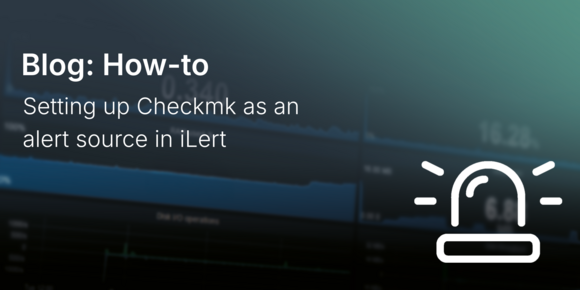
Setting up Checkmk as an alert source in iLert
In this blogpost I will explain how to set up your Checkmk monitoring as an alert source in iLert and then take your first steps in iLert. For this I…
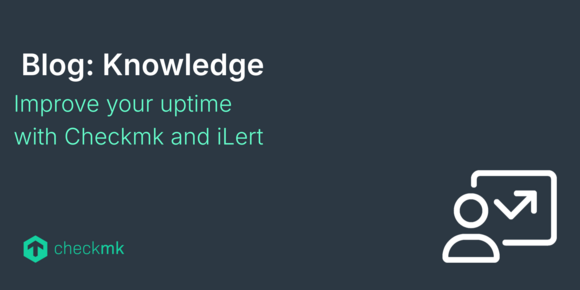
Improve your uptime with Checkmk and iLert
IT monitoring is primarily all about being able to reliably detect critical conditions in IT systems. However, this is only the first step, after…
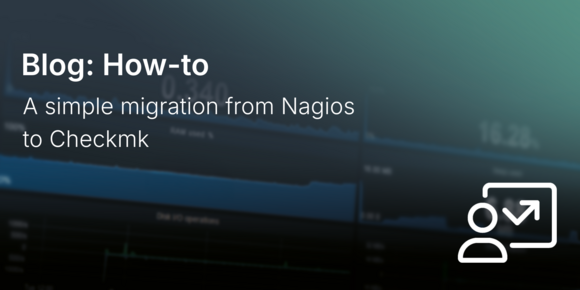
A simple migration from Nagios to Checkmk
There are many reasons for switching from Nagios to another monitoring tool. The IT consultants at tribe29 have already assisted several organizations…
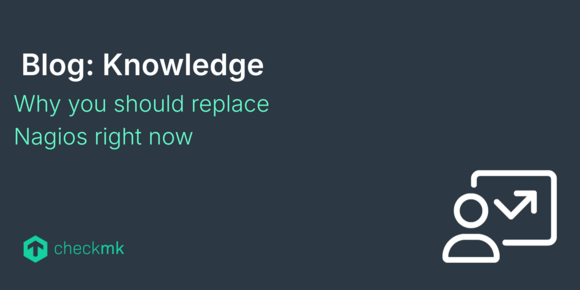
Why you should replace Nagios right now
When it was launched in 1999 under the name NetSaint, Nagios was the first open-source tool to unify a wide range of essential mechanisms for the…
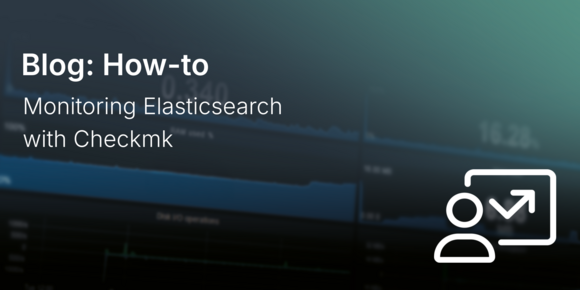
Monitoring Elasticsearch with Checkmk
Whether on your own machines or in the cloud: applications generate huge amounts of data – every day, every hour and every minute. We're no longer…
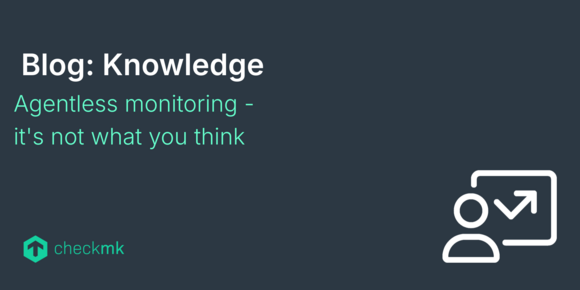
Agentless monitoring - it's not what you think
Agent vs. agentless monitoring is an interesting topic to debate, so in this article we're going to explore one of the grey areas of IT monitoring..
